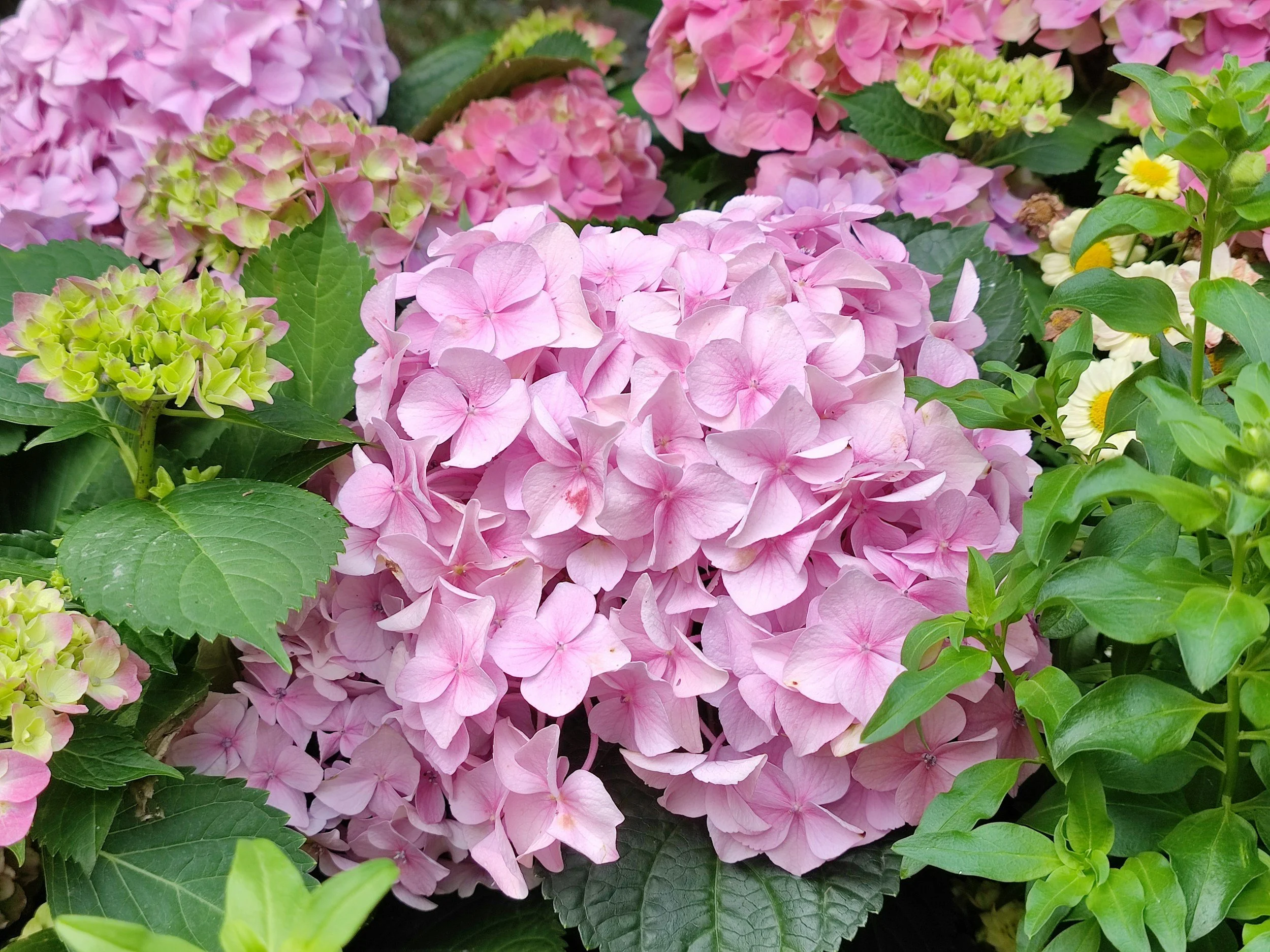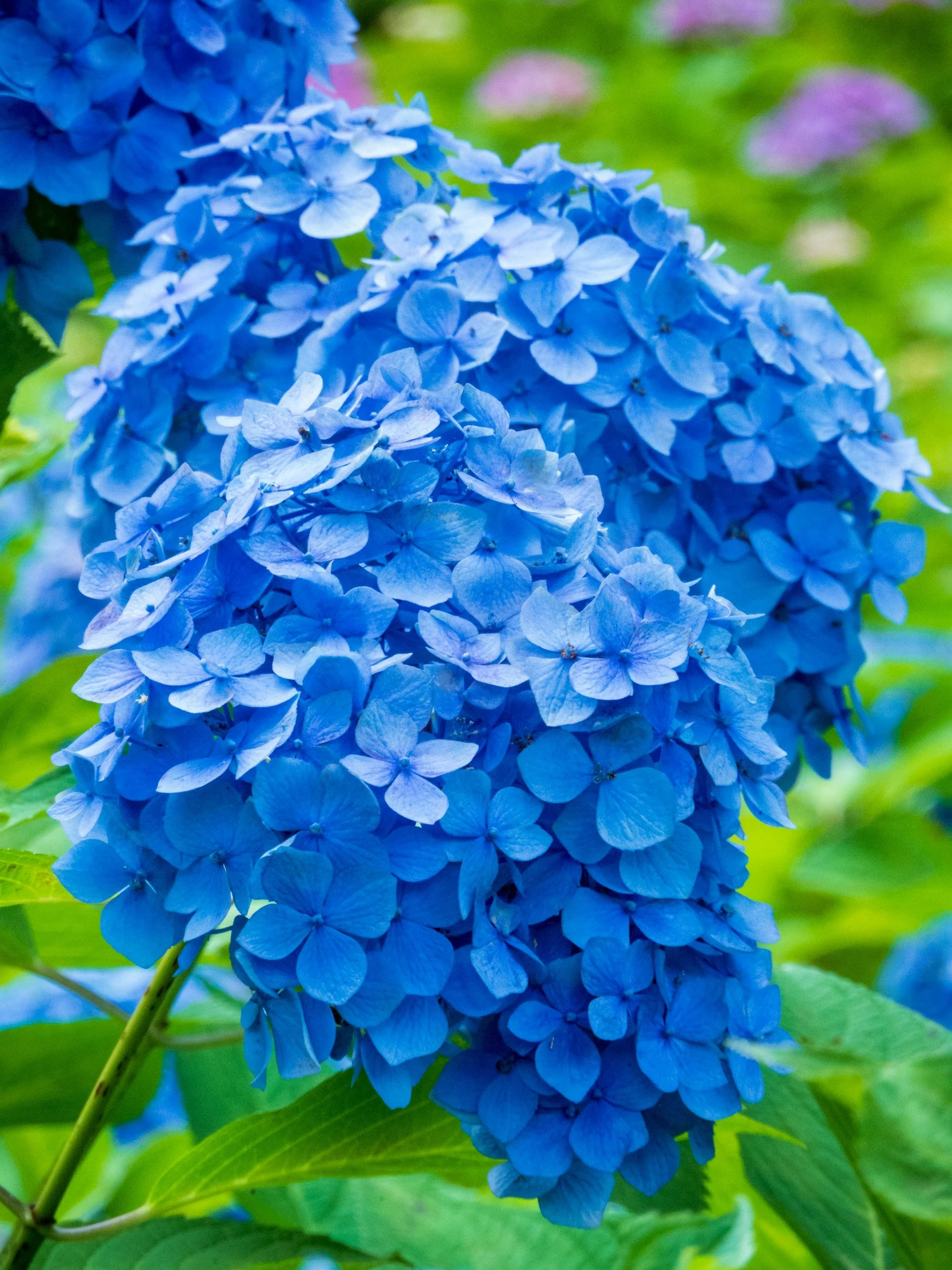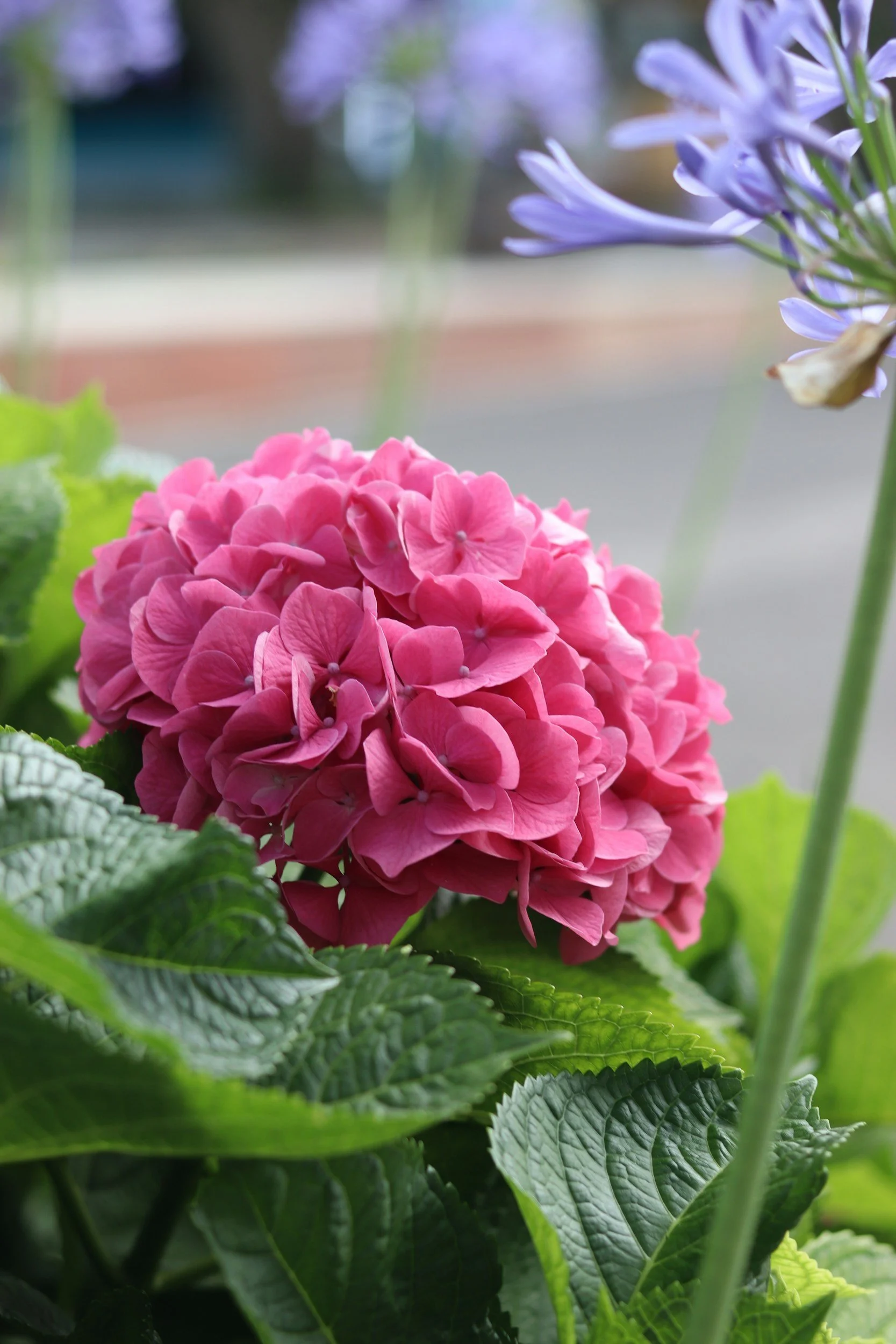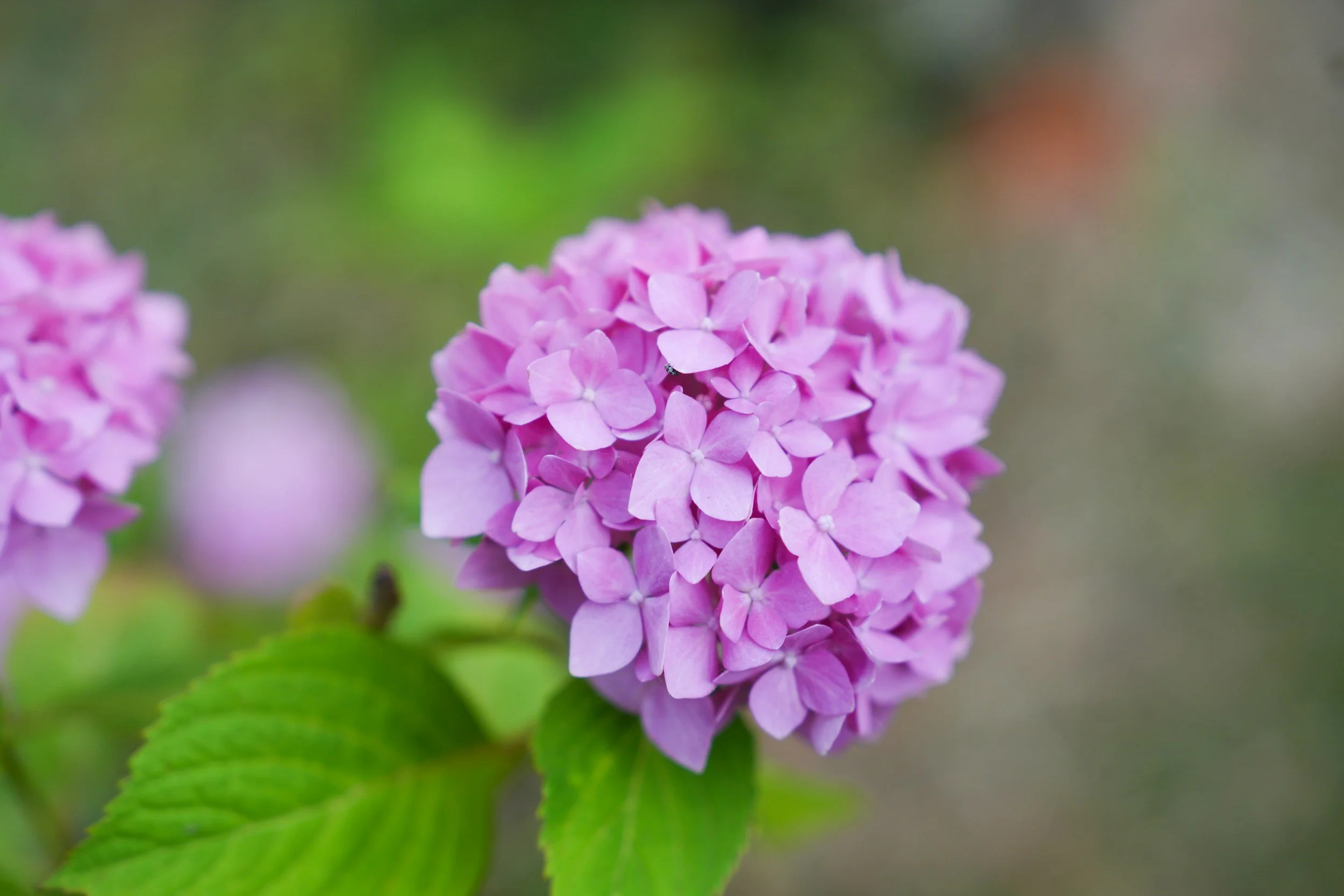Your Most Common Hydrangea Questions — Answered
Hydrangeas are big, cloud-like blooms that instantly brighten up any garden. I get a lot of questions about how to grow, prune, and care for them, so today I’m rounding up the answers to the ones I hear most often. Consider this your go-to hydrangea Q&A.
Why aren’t my hydrangeas blooming?
The most common reasons why your hydrangeas aren’t blooming are:
Incorrect pruning. Some hydrangeas (like Hydrangea macrophylla) bloom on old wood. If you prune in fall or early spring, you may cut off developing flower buds.
Winter damage. Buds can be killed by harsh winter temperatures.
Too much nitrogen. Fertilizers high in nitrogen promote leafy growth over flowers.
Not enough sun. Most hydrangeas do well in part shade, but they definitely need a few hours of direct morning sun to bloom well.
Why are my blooms blue some years and pink others?
This color-changing magic applies mostly to bigleaf hydrangeas (Hydrangea macrophylla), including both mophead and lacecap types, as well as some mountain hydrangeas (Hydrangea serrata). These varieties are sensitive to soil pH, which affects the availability of aluminum in the soil — a key factor in bloom color.
Acidic soil (pH below 6) = blue flowers
Alkaline soil (pH above 7) = pink flowers
Even without soil amendments, pH can shift naturally due to rain, drought, compost inputs, or decaying organic matter. That’s why your blooms may be blue one year and pink the next — even with no intervention on your part!
To encourage color changes intentionally, you can amend the soil:
Use garden lime to raise pH (pink blooms)
Use sulfur or aluminum sulfate to lower pH (blue blooms)
Always test your soil before making adjustments.
Learn more about testing and amending your soil in our free soil guide.
Bonus Tip: Some bigleaf and mountain hydrangeas are reblooming varieties, such as ‘Endless Summer’ and ‘Let’s Dance’. These bloom on both old and new wood, so they may flower even after an improper prune or tough winter.
What are these brown or black spots on the leaves?
Likely leaf spot, a fungal disease common in humid weather. It’s usually not fatal but can be unsightly.
Tips to manage it:
Water at the base, not overhead
Ensure good airflow
Remove infected leaves (don’t compost)
Use a copper-based fungicide if needed
When should I prune my hydrangeas?
It depends on the type:
Bigleaf and oakleaf bloom on old wood, so you’ll want to prune right after flowering, no later than early August. Alternatively, you can wait until spring and prune only the part of stems that did not leaf out.
Panicle and smooth bloom on new wood, so you’ll want to prune in late winter or early spring.
Knowing your type is key!
Bigleaf Mophead
Panicle
Do hydrangeas like sun or shade?
Most prefer morning sun and afternoon shade:
Bigleaf and oakleaf: partial shade is ideal
Panicle: tolerates more sun
Smooth: likes filtered sun
Too much shade will lead to fewer blooms, while too much sun will cause wilt and scorch. Balance is best!
Why are the new leaves on my hydrangeas puckered and tied together with webbing?
If you’re growing smooth hydrangeas (Hydrangea arborescens), this is likely caused by the hydrangea leaf-tier caterpillar (Exartema ferriferanum).
They use silk to tie new leaves together, forming a feeding shelter, which distorts growth.
What to do:
Open tied leaves and remove caterpillars by hand
Prune off and discard heavily damaged tips
For recurring issues, use BT spray (organic caterpillar control) early in the season
What are some favorite varieties of hydrangeas by type?
Here are some standout cultivars to consider for each major hydrangea type:
Bigleaf (Hydrangea macrophylla) — includes mophead and lacecap:
‘Endless Summer’ — reblooming, blue or pink depending on pH
‘Let’s Dance’ series — compact, reblooming, great in containers
‘Twist-n-Shout’ — reblooming lacecap with pink or periwinkle blooms
Mountain (Hydrangea serrata):
‘Tuff Stuff’ — compact, hardy, and reblooming
‘Blue Billow’ — lacecap with soft blue flowers in acidic soil
Smooth (Hydrangea arborescens):
‘Annabelle’ — classic white, large blooms on new wood
‘Incrediball’ — improved version of Annabelle with stronger stems
‘Invicible Spirit’ — pink blooms and reblooming
Panicle (Hydrangea paniculata):
‘Limelight’ — chartreuse-to-white blooms, sun-tolerant
‘Little Lime’ — compact form of Limelight, great for small spaces
‘Vanilla Strawberry’ — striking pink-and-white bicolor blooms
Oakleaf (Hydrangea quercifolia):
‘Snow Queen’ — upright white panicles, great fall color
‘Ruby Slippers’ — compact, white blooms aging to pink-red
‘Alice’ — large white flowers, turns pink, beautiful exfoliating bark
If you have any more questions about hydrangeas — or anything flower-related — make sure you’re on our email list. You’ll receive regular gardening tips and can hit reply with your questions anytime.







